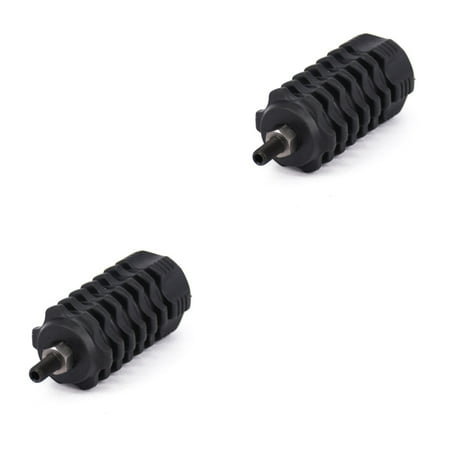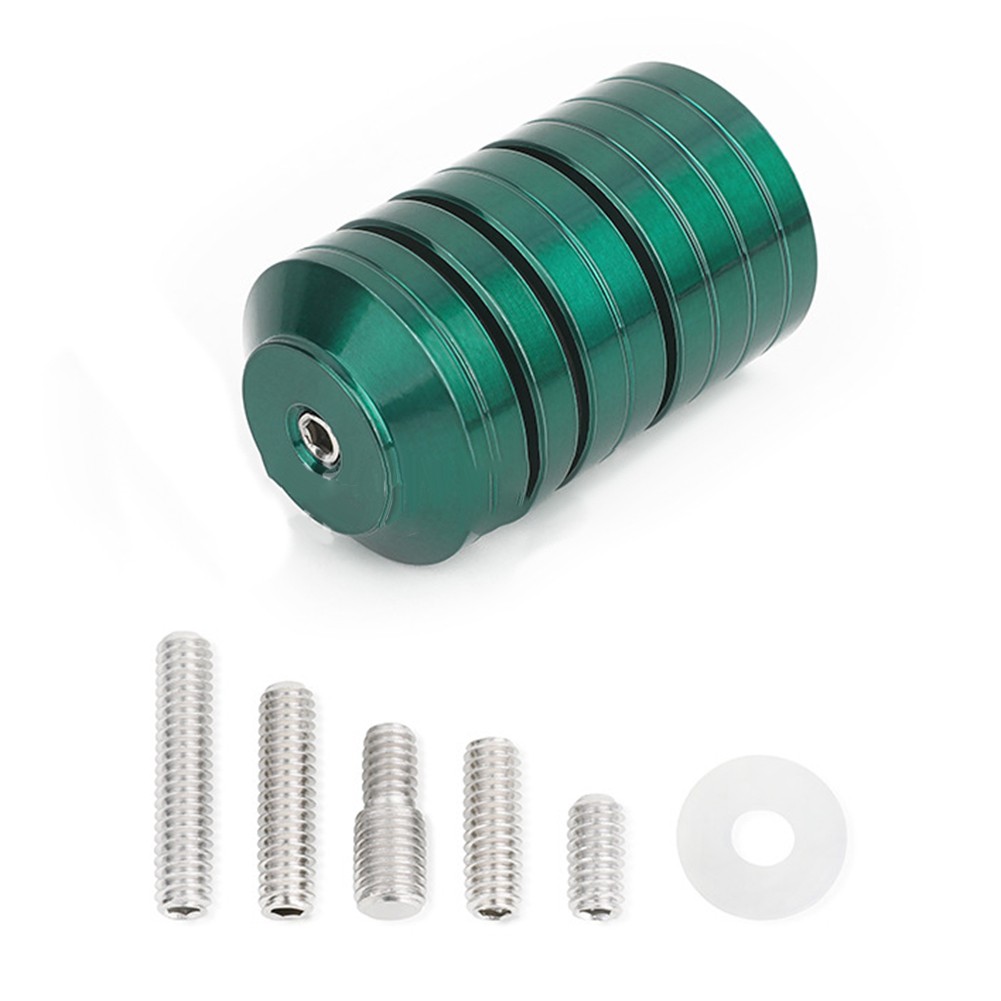Enhance Your Capturing Performance with Top-Rated Bow Stabilizers
Enhance Your Capturing Performance with Top-Rated Bow Stabilizers
Blog Article
Maximize Your Archery Accuracy With These Bow Stabilizer Strategies
One crucial component that can significantly impact your efficiency is the correct utilization of bow stabilizers. Whether you are an experienced archer looking to fine-tune your skills or a newbie eager to enhance your accuracy, grasping these bow stabilizer strategies could be the key to striking your mark with exceptional uniformity.
Advantages of Utilizing Bow Stabilizers
Utilizing bow stabilizers can significantly boost an archer's precision and overall efficiency by lessening bow torque and resonance. Bow torque, triggered by the unequal circulation of weight in the bow, can lead to incongruities in shot positioning. By attaching a bow stabilizer, the weight is rearranged, reducing the results of torque and assisting the archer achieve a much more regular shot. Furthermore, bow stabilizers wet resonance, which not only boosts the comfort of shooting yet likewise avoids the bow from jumping upon release, therefore aiding in preserving proper purpose.
In addition, bow stabilizers can help in holding the bow steady, particularly during windy problems or when firing from longer ranges. The added weight at the front of the bow supplies stability and equilibrium, enabling the archer to concentrate on intending without the disturbance of bow motion. Generally, the advantages of making use of bow stabilizers prolong past just accuracy, enhancing the archer's experience and performance in different shooting circumstances.
Selecting the Right Bow Stabilizer
Picking the ideal bow stabilizer is important for enhancing your archery tools and boosting shooting efficiency. Heavier stabilizers can assist reduce bow torque and absorb even more resonance, leading to a steadier aim.

Last but not least, take into consideration the layout of the stabilizer. Some stabilizers feature flexible weights or dampeners that permit you to tailor the balance and feeling of your bow. Eventually, picking the ideal bow stabilizer involves finding visit the site an equilibrium between weight, product, design, and size to enhance your capturing precision and general efficiency.
Proper Installment Methods
To make certain optimal efficiency and safety and security in archery, mastering correct installation methods for your bow stabilizer is essential. The primary step in mounting a bow stabilizer is to recognize the right positioning on your bow. Most stabilizers are connected to the front of the riser, below the hold, to assist counterbalance the weight of devices such as quivers and sights. Make certain that the stabilizer is not conflicting with various other components or hindering your capturing form.
Next, firmly attach read this the stabilizer to the bow using the appropriate installing equipment. Some stabilizers come with adjustable weights that can be included or removed to tweak the equilibrium of your bow.

Readjusting Stabilizer Weight and Length
After guaranteeing the correct setup of your bow stabilizer, the next action includes readjusting the weight and length to maximize its performance in improving archery accuracy. The weight of the stabilizer plays an important function in decreasing bow motion during the shot cycle.
A longer stabilizer can offer better stability by enhancing the range between the bow and the weight at the end of the stabilizer. Alternatively, a shorter stabilizer uses more ability to move and may be chosen by archers that value agility and fast motions throughout shooting.
Advanced Stabilizer Tuning Tips
Accomplishing optimal bow stability and precision in archery demands a nuanced strategy to sophisticated stabilizer tuning. Advanced stabilizer tuning entails fine-tuning numerous elements to enhance the bow's equilibrium, decrease resonance, and enhance overall accuracy.
An additional important element of sophisticated stabilizer tuning is maximizing the damping residential properties of the stabilizer system. Exploring different materials for the stabilizer building, such as carbon fiber or aluminum, can also affect the bow's efficiency by modifying its weight distribution and stiffness.
Verdict
In conclusion, maximizing archery precision can be attained via the correct choice, installment, and change of bow stabilizers. Generally, integrating bow stabilizers into archery try this site practice can lead to enhanced performance and enhanced accuracy.
Using bow stabilizers can dramatically improve an archer's accuracy and general efficiency by reducing bow torque and resonance. Longer stabilizers supply higher security and equilibrium, especially for long-distance shooting, while shorter stabilizers provide even more convenience and are much easier to navigate in limited spaces (bow stabilizer). Carbon fiber stabilizers are long lasting and lightweight, while aluminum stabilizers are durable and supply outstanding vibration moistening
A longer stabilizer can supply higher stability by increasing the range between the bow and the weight at the end of the stabilizer.One more vital aspect of sophisticated stabilizer tuning is optimizing the damping residential properties of the stabilizer system.
Report this page